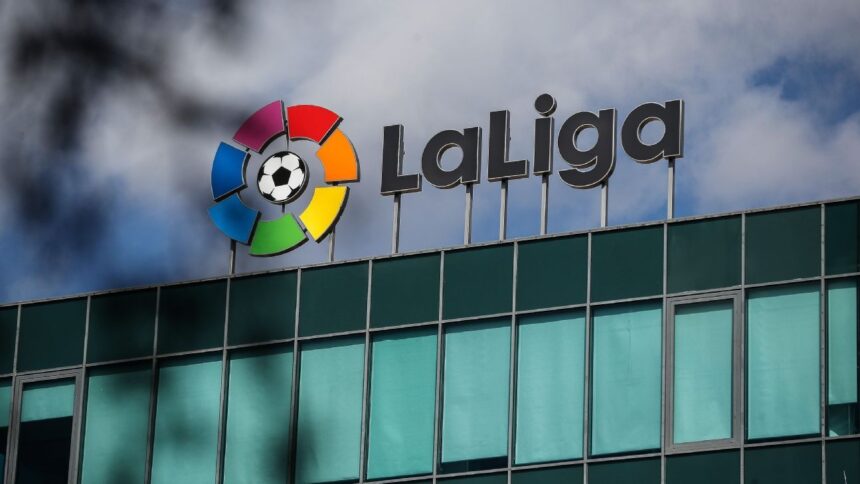Explore the evolution of tactics in knockout football, the strategies that have transformed competitive play, and how top teams adapt to the high-pressure environment of knockout stages.
Tactical Evolution in Knockout Football: Strategies and Adaptations
Football is a game of constant evolution, and perhaps nowhere is this more evident than in knockout competitions. These high-stakes tournaments, whether in international football or club competitions like the UEFA Champions League, Copa América, or domestic cup runs, demand a completely different mindset and approach compared to league football. Tactics, mental preparation, and in-game adaptability play crucial roles in deciding who advances and who falls short.
This article will delve into the tactical evolution in knockout football, how teams have adapted to the demands of elimination-style competitions, and how specific strategies have been implemented to overcome the unique challenges these high-pressure matches present.
Understanding Knockout Football: The Pressure Cooker of Competitions
In knockout football, the stakes are high. A single mistake or a moment of brilliance can determine the outcome. These tournaments are played in a home-and-away format or with single-leg eliminations depending on the competition, and teams must adapt their strategies accordingly. Here’s why knockout football requires such careful tactical consideration:
- No Room for Error – Unlike in league competitions where teams have multiple opportunities to recover from bad performances, knockout football offers no second chances.
- Mentality Shift – In knockout games, the mentality shifts from long-term strategy to a focus on survival and advancing.
- Increased Pressure – Players, coaches, and fans experience more pressure in knockout football because every match could be their last.
Given these challenges, how have tactics evolved over the years to adapt to this intense format?
The Rise of Defensive Solidity and Counter-Attacking Football
Defensive Mastery: Building from the Back
Historically, teams in knockout competitions have often relied on solid defensive systems to secure progression. A key trend in knockout football has been the prioritization of defensive stability, ensuring that teams are tough to break down before looking for attacking opportunities. This evolution can be traced back to the 1990s, with Italian teams often being seen as pioneers of this defensive football approach, known as catenaccio (Italian for “bolt”).
For example, AC Milan under Arrigo Sacchi and later Carlo Ancelotti, and Inter Milan under José Mourinho, employed well-organized defensive systems with quick counter-attacks to achieve success in European competitions. These teams emphasized:
- Compact defending with a high defensive line.
- The use of deep-lying playmakers to control the tempo of the game.
- The ability to break quickly with explosive forwards such as Ronaldinho, Ibrahimović, or Eto’o.
These tactics became a staple for successful knockout football teams. Rather than focusing solely on ball possession, defensive solidity and counter-attacking became the cornerstone of knockout football strategies.
Modern Counter-Attacking Football
In today’s game, counter-attacking football has been one of the most effective strategies for knockout competitions. Teams like Atletico Madrid under Diego Simeone and Chelsea during their 2012 UEFA Champions League campaign have showcased how counter-attacking can be implemented at the highest level. Key features of modern counter-attacking include:
- Quick transitions from defense to attack, exploiting the spaces left by an opponent pushing forward.
- The use of pacey wingers or attacking players to exploit opposition weaknesses in defense.
- Quick passes and minimal touches to accelerate the attack.
This tactical approach is often used by teams facing superior opponents in knockout competitions. By inviting pressure and then transitioning swiftly into attack, underdogs can secure vital goals and create difficult moments for their opponents.
The Tactical Importance of Set Pieces
Set pieces, such as free-kicks, corners, and throw-ins, are an often-overlooked but incredibly important aspect of knockout football. As matches tend to be tight and high-pressure, small margins can make a massive difference.
Defensive Organization from Set Pieces
In knockout football, defending set pieces effectively can be the difference between advancing and getting knocked out. Teams now focus extensively on ensuring that their defensive organization is rigid and adaptable to prevent goals from corners and free kicks.
Attacking Set Pieces as a Tactical Weapon
On the other hand, attacking set pieces have become one of the most utilized strategies in knockout football. Teams now design specific routines to unlock opposition defenses from set-piece situations. In the 2018 World Cup, England under Gareth Southgate used a highly efficient set-piece strategy to great effect, scoring multiple goals from corners and free-kicks, which helped them reach the semifinals. This tactical aspect has become even more sophisticated with the use of video analysis, allowing teams to exploit weaknesses in opponents’ defensive setups.
The Role of Possession and Control in Knockout Games
While counter-attacking is often used, some teams prefer to control possession as a means of dictating the tempo and limiting the opponent’s chances. In knockout football, where one mistake could result in elimination, maintaining possession becomes a crucial strategy. However, maintaining possession requires tactical discipline:
The Role of Midfielders in Control
Midfielders play a crucial role in controlling the game. Teams such as Barcelona with Xavi and Andrés Iniesta and Real Madrid with Luka Modrić and Casemiro have excelled in maintaining possession while controlling the tempo. This strategy minimizes the opposition’s chances to press and increases the likelihood of creating goal-scoring opportunities.
High Pressing: The Modern Evolution
Another evolution in knockout football tactics is the rise of the high press—teams use a high defensive line and intense pressing to win the ball back high up the pitch. This style has been popularized by coaches like Jürgen Klopp, whose Liverpool team presses relentlessly to regain possession quickly, creating chances from turnovers and keeping the pressure on the opponent.
In knockout football, the high press can force opposition mistakes in dangerous areas, putting the attacking team in a position to score directly after winning the ball.
The Influence of Data and Analytics in Knockout Football
Modern football’s increasing reliance on data analysis and video technology has greatly influenced tactics, especially in knockout competitions. Coaches now have access to sophisticated tools that analyze:
- Player movement patterns and space utilization.
- Opposition weaknesses, such as specific players who are more likely to commit errors under pressure.
- Set-piece effectiveness and the ability to break down complex tactical formations.
Data-driven insights help coaches develop bespoke strategies tailored to specific knockout games, making the tactical landscape more nuanced and intelligent.
Mentality and Psychology in Knockout Football
One of the most critical aspects of knockout football is the psychological and mental preparation that teams undergo. The pressure of elimination can cause even the most talented players to crack under pressure. The ability to handle stress, stay composed in high-stakes moments, and recover from setbacks is pivotal.
Managing Pressure in Penalty Shootouts
In knockout competitions, penalty shootouts are often a defining moment. Teams with solid penalty strategies and mental fortitude typically perform better under the spotlight. Players who remain calm and composed in these high-pressure situations can turn the tide in their team’s favor. This psychological aspect of knockout football has led to innovations in preparation, from mental coaching to stress management techniques.
Conclusion: The Future of Tactical Evolution in Knockout Football
The evolution of tactics in knockout football will continue to be shaped by the demands of modern football. As coaches refine their strategies and adapt to new challenges, knockout football will remain an arena where high stakes, quick thinking, and innovative tactics come together. Whether through high pressing, defensive solidity, or creative attacking play, teams will constantly adjust their approaches to ensure progression in the world’s most competitive tournaments.
As we approach the future of football, tactical evolution will likely include more technological integration and mental conditioning, ensuring that teams continue to adapt and innovate in the quest for glory.
Support the beautiful game and its tactical evolution with PADUBET!



